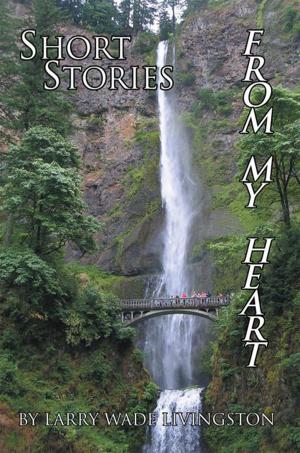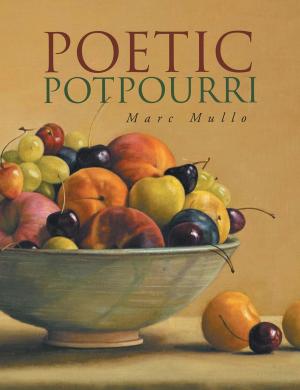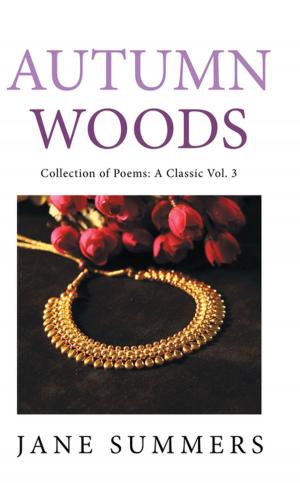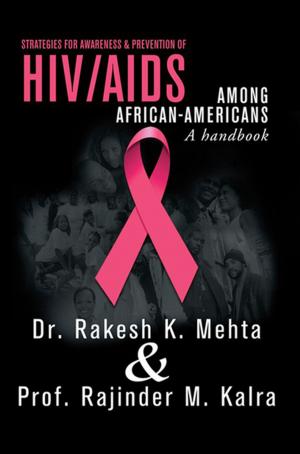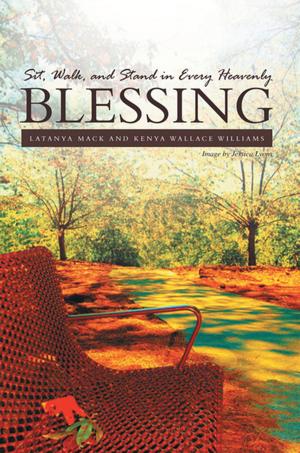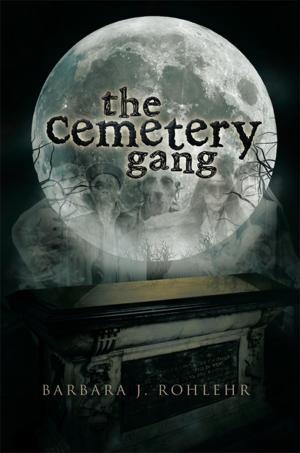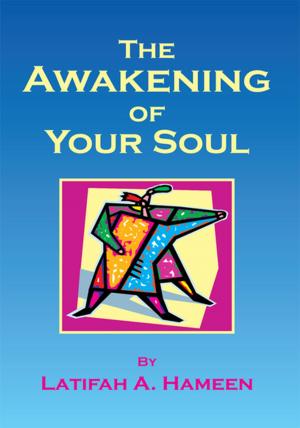| Author: | Dr. Hanif Gulmahamad | ISBN: | 9781469133966 |
| Publisher: | Xlibris US | Publication: | December 19, 2011 |
| Imprint: | Xlibris US | Language: | English |
| Author: | Dr. Hanif Gulmahamad |
| ISBN: | 9781469133966 |
| Publisher: | Xlibris US |
| Publication: | December 19, 2011 |
| Imprint: | Xlibris US |
| Language: | English |
This book contains 15 stories and 48 poems. Four of the stories are works of fiction. Some of the stories, for example, Life on a sugar plantation in colonial Guyana, contain a lot of information of historical significance that has previously been unrecorded and could well be lost in the passage of time. I was born in 1945 on Springlands Sugar Estate where we lived in a small cottage in the estate compound behind and west of the District Commissioners Office building. The story about life on a British colonial sugar plantation is drawn from personal experience and it is told in the voice of someone who actually lived that life. The story entitled: Going to America represents todays reality of Guyanese who have left, leaving, or trying to leave Guyana. The expatriate Guyanese community, particularly in North America, should certainly be able to relate to that experience. Many of my compatriots were forced to undergo a second traumatic deracination for economic and political reasons, lack of opportunity in the homeland, no jobs, no viable future, and other reasons, when they emigrated to Britain, United States of America, Canada, the West Indies, and other places. The ancestors of Afro-Guyanese were dragged out of Africa and brought to the New World as slaves. The forefathers of Indo-Guyanese were lured to British Guiana by deception and false promises and became bound coolies trapped in a form of indentured servitude that some regard as another form of slavery. The second Guyanese uprooting and displacement, though done largely voluntarily, was no less disruptive, frightening, emotionally turbulent, and difficult than the first one either from Africa or India. Life for these people in a new land, very often in hostile climatic conditions quite unlike the tropical conditions in the homeland, was difficult, harrowing, stressful, tumultuous, psychologically traumatic, and distressing for new emigrants. The history of the Guyanese people is written in blood, sweat, tears, suffering, and misery. The children of the new Guyanese diaspora will subsequently have their own story to tell about life in an alien land. It has been said that it is easy for the poor to escape from a poor nation but it is not so easy for them to escape poverty in a rich nation. Emigrants, particularly those of an older generation, who are set in their ways, often experience extreme difficulties acculturating and assimilating into a different society and adjusting to an alien way of life. They are often relegated to a shadowy existence in the marginalized immigrant community standing on the periphery of an alien culture looking in and experiencing loneliness, hopelessness, helplessness, and lacking a sense of belonging. Refer to the poem in this book entitled: Living in a place where you were not born for some insights on this issue. Stories such as: Hunting birds with slingshots in Guyana, Making and flying kites in Guyana, Catching mullet at No. 73 waterside, Notorious fowl thieves of the village, and When you really know it was Christmas time, can elicit strong nostalgia and sentimental memories of youthful experiences so pleasurable and engrossing that it could cause you to yearn for a past life that was simple, care-free, full of wonderful remembrances and recollections. When I think of the wonderful life I once lived at Clonbrook, I am a young lad all over again and I am happy. Those who lived that life and had fond memories of it should certainly share these stories with their children and grandchildren. Make these stories more real and fascinating by adding your own memories and experiences as you read them to your descendants. After all, everybody has a story to tell. There are forty eight poems in this compilation that are sure to evoke emotions and nostalgia. Many deal with subject matters pertaining to the Corentyne. The reason for that is simple. I was born and raised in the Upper Corentyne and I hold lots of treasured an
This book contains 15 stories and 48 poems. Four of the stories are works of fiction. Some of the stories, for example, Life on a sugar plantation in colonial Guyana, contain a lot of information of historical significance that has previously been unrecorded and could well be lost in the passage of time. I was born in 1945 on Springlands Sugar Estate where we lived in a small cottage in the estate compound behind and west of the District Commissioners Office building. The story about life on a British colonial sugar plantation is drawn from personal experience and it is told in the voice of someone who actually lived that life. The story entitled: Going to America represents todays reality of Guyanese who have left, leaving, or trying to leave Guyana. The expatriate Guyanese community, particularly in North America, should certainly be able to relate to that experience. Many of my compatriots were forced to undergo a second traumatic deracination for economic and political reasons, lack of opportunity in the homeland, no jobs, no viable future, and other reasons, when they emigrated to Britain, United States of America, Canada, the West Indies, and other places. The ancestors of Afro-Guyanese were dragged out of Africa and brought to the New World as slaves. The forefathers of Indo-Guyanese were lured to British Guiana by deception and false promises and became bound coolies trapped in a form of indentured servitude that some regard as another form of slavery. The second Guyanese uprooting and displacement, though done largely voluntarily, was no less disruptive, frightening, emotionally turbulent, and difficult than the first one either from Africa or India. Life for these people in a new land, very often in hostile climatic conditions quite unlike the tropical conditions in the homeland, was difficult, harrowing, stressful, tumultuous, psychologically traumatic, and distressing for new emigrants. The history of the Guyanese people is written in blood, sweat, tears, suffering, and misery. The children of the new Guyanese diaspora will subsequently have their own story to tell about life in an alien land. It has been said that it is easy for the poor to escape from a poor nation but it is not so easy for them to escape poverty in a rich nation. Emigrants, particularly those of an older generation, who are set in their ways, often experience extreme difficulties acculturating and assimilating into a different society and adjusting to an alien way of life. They are often relegated to a shadowy existence in the marginalized immigrant community standing on the periphery of an alien culture looking in and experiencing loneliness, hopelessness, helplessness, and lacking a sense of belonging. Refer to the poem in this book entitled: Living in a place where you were not born for some insights on this issue. Stories such as: Hunting birds with slingshots in Guyana, Making and flying kites in Guyana, Catching mullet at No. 73 waterside, Notorious fowl thieves of the village, and When you really know it was Christmas time, can elicit strong nostalgia and sentimental memories of youthful experiences so pleasurable and engrossing that it could cause you to yearn for a past life that was simple, care-free, full of wonderful remembrances and recollections. When I think of the wonderful life I once lived at Clonbrook, I am a young lad all over again and I am happy. Those who lived that life and had fond memories of it should certainly share these stories with their children and grandchildren. Make these stories more real and fascinating by adding your own memories and experiences as you read them to your descendants. After all, everybody has a story to tell. There are forty eight poems in this compilation that are sure to evoke emotions and nostalgia. Many deal with subject matters pertaining to the Corentyne. The reason for that is simple. I was born and raised in the Upper Corentyne and I hold lots of treasured an



